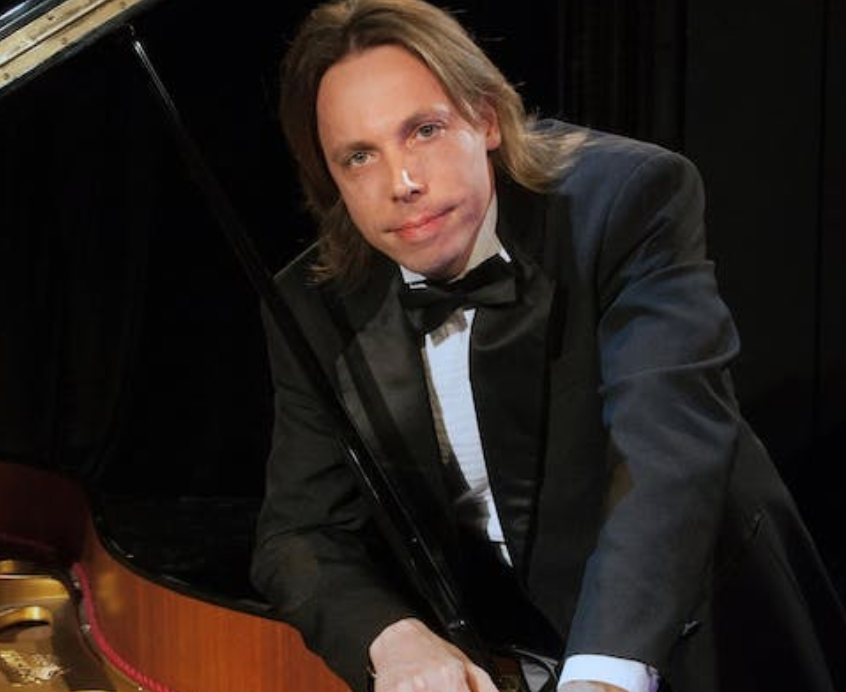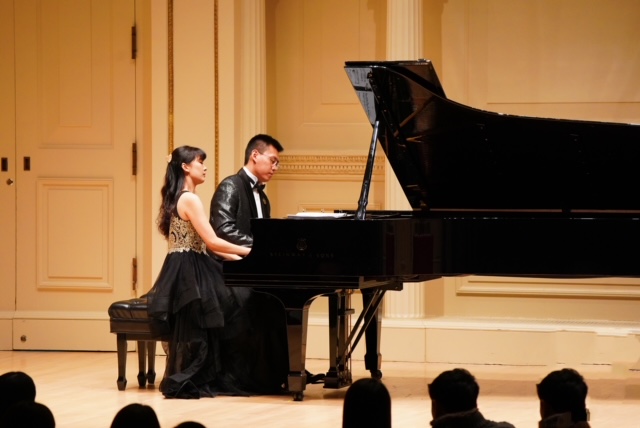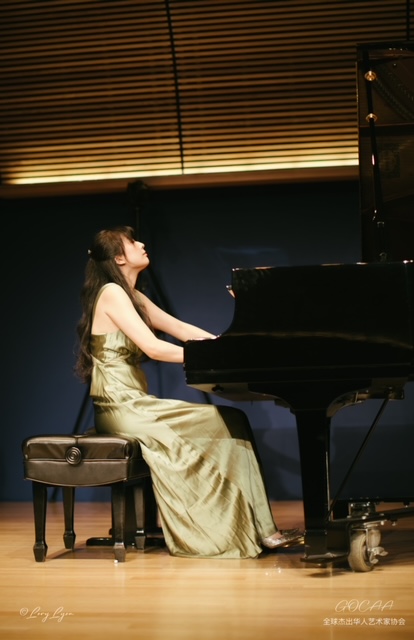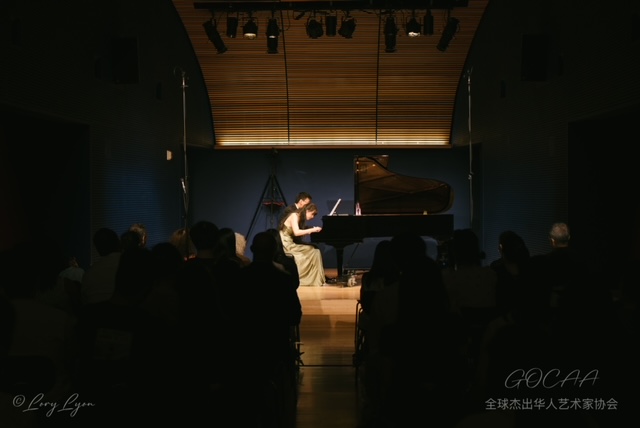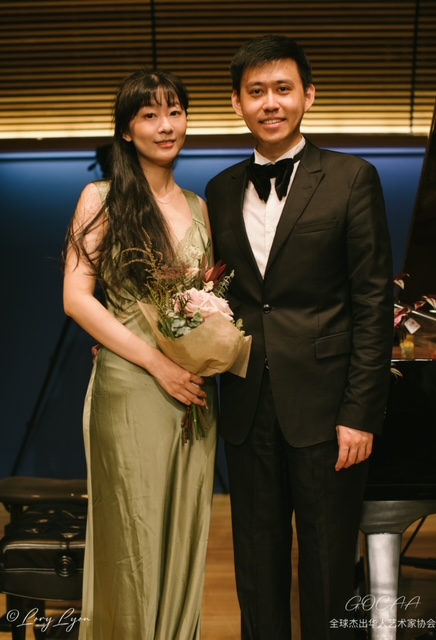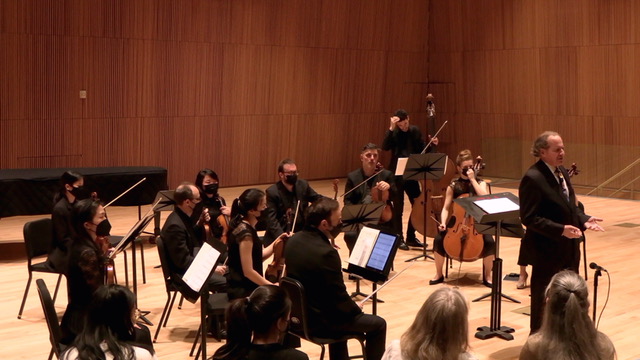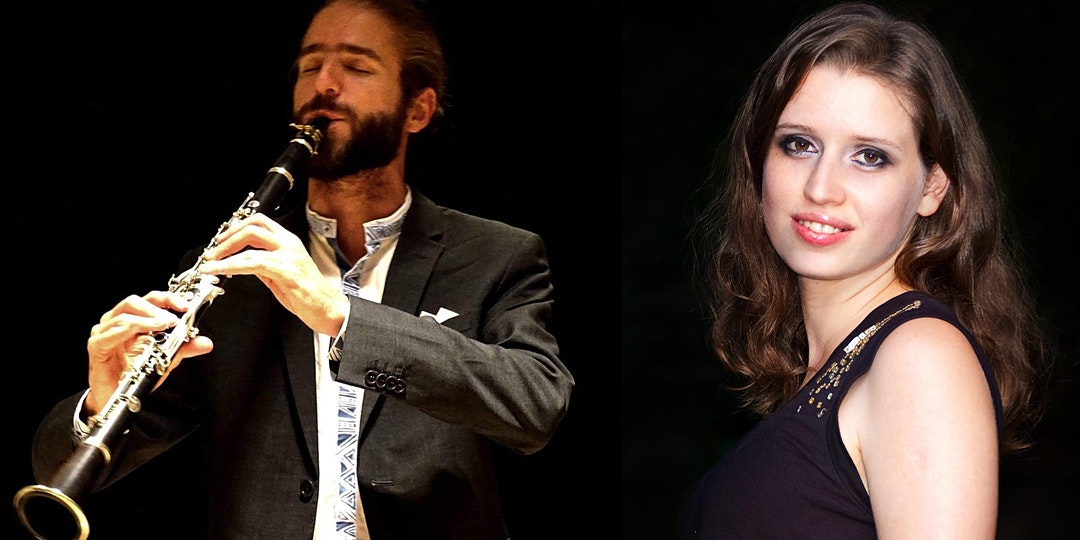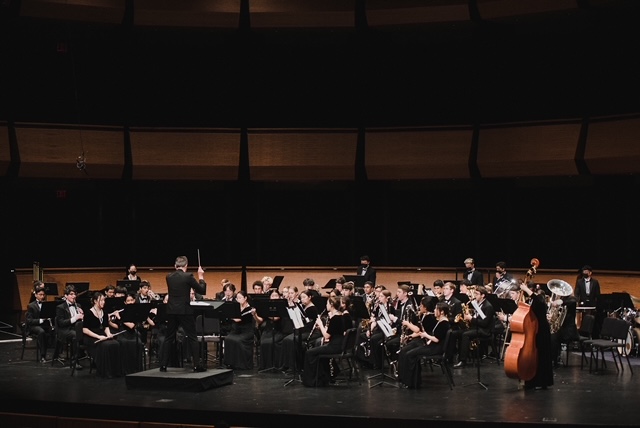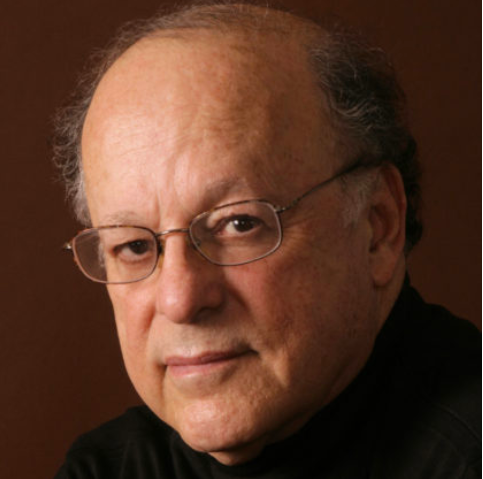November 23, 2022
Last week I happened upon some great music played by pianist, Javor Bračić, one of many pianists I’ve reviewed in my sixteen-plus years of writing for New York Concert Review, and it was heartening to see how well this fine young musician has weathered recent global trials and tribulations to keep going. His performance spurred some reminiscing about the many others who have filled my evenings with music for a decade and a half – “alums” for lack of a better term – and it seemed as good a time as any to poke around and ask where some are now. When I’ve occasionally written that “I’ll look forward to following this artist’s career” I’ve meant it.
To follow are a few very short updates about a handful (well, ten – so two handfuls) of “alums” from the past decade and a half. To avoid the obvious, we’ll skip updates for musicians already very much in the public eye when reviewed, such as Barry Douglas (2005), Denis Matsuev (2007), Jon Nakamatsu (2007), Carlo Grante (2014, 2015), Ian Hobson (2016), Charles Neidich (2018, 2019), and The King’s Singers (2018). Also, we’ll limit the scope to pianists – and just a few at that – but there should be more to come periodically.
Going back to a 2006 assignment, a striking experience was hearing Aimee Kobayashi who was around age 10 at the time, showing “the phrasing and professionalism of an adult” on the stage of Carnegie Hall. (These were in the days before NY Concert Review went online, so was print only.) Now in her twenties and on the competition circuit, Ms. Kobayashi has won 4th prize ex aequo in the most recent International Chopin Piano Competition (XVIII, in October of 2021). One can hear her impassioned performance of Chopin’s E minor Concerto on the organization’s website (as well as numerous strong performances on YouTube), and she was clearly a formidable competitor. Sixteen years ago, as a young child, she had already played with great self-assurance Beethoven’s Pathetique Sonata Op. 13, and three Chopin works (Etude in G-flat Op. 10, No 5, Impromptu No. 1 and posthumous Nocturne in C-sharp minor) – possibly with even more self-assurance then than now, as with maturity and depth can come questioning – but it is all a musician’s journey. If memory serves, most striking in 2006 had been her opening, the posthumous Chopin Nocturne – and it is touching to note that she reportedly revisited it recently as an encore in a recital. My archives invite a separate retrospective on the prodigies I’ve reviewed, but suffice it to say that Ms. Kobayashi’s early promise has continued bearing fruit.
A dynamo I first heard in 2006, Ching-Yun Hu impressed with Chopin Rondo’s in E-flat, Op. 16 playing “with elegance and flabbergasting fingerwork. Speaking in terms of sheer technical brilliance, I don’t recall being as amazed even by Horowitz’s performance of the same work.” Working now with the next generation, Ms. Hu has founded the Yun International Music Festival in Taipei and the Philadelphia Young Pianists’ Academy which presents the PYPA Piano Festival and Young Virtuosi (intensive recitals, master classes, and guest lecture series). Besides her performing, master classes, and residencies, she is currently on the piano faculty at Temple University in Philadelphia.
Francesco Piemontesi, whom I reviewed in 2008, had dazzled his audience with a stunning performance of Three Pieces from the Firebird (arr. Agosti), still a vivid memory. In addition to his pyrotechnics, I had written glowingly of his “unique and important musical voice,” and I would stick with that based on subsequent hearings. He has since embarked on too many exciting projects to name, with a highlight being his launch of a major Schubert cycle at the Wigmore Hall in London starting in October 2019. I would love to have heard this, but will just hope for more on “this side of the pond.” For the 2020-2021 season Mr. Piemontesi was engaged as artist-in-residence at the Orchestre de la Suisse Romande in Geneva.
Sara Daneshpour impressed this reviewer for the first time at age 21 in 2008, sharing “musical gifts that are simply undeniable.” She had already made her mark in numerous competitions, but since then continued to shine, including as the 3rd prizewinner of the 2017 Arthur Rubinstein International Piano Competition. She has been featured in prominent halls and nationwide on 160 public radio stations, including WGBH in Boston. She recently played Rachmaninoff’s Rhapsody on a Theme of Paganini with the Alexandria Symphony (February of 2022), and one can only hope there were recordings made of it.
Spencer Myer struck this listener immediately in 2009 with his Handel, Copland, and Janáček, and it hardly required an oracle to call him “an artist to watch” (though naturally I did) with his already substantial credentials including a debut CD on Harmonia Mundi USA. Since then, he has performed extensively, notably with cellist Brian Thornton, released four recordings on the Steinway & Sons label, and performed with orchestras too numerous to name. This spring (2022) he was appointed Associate Professor of Piano at Indiana University’s Jacobs School of Music.
Nataliya Medvedovskaya has flourished musically since appearing in 2011 in a program of contemporary works at Bargemusic, where “it was clear that the pianist herself felt complete commitment to each one, playing all with thoughtful involvement, projection, and polish.” Her own ballet music was just one of many compositions, and not surprisingly she has kept composing along with performing. A year ago shared her remarkable new composition, her Barcarolle for flute, harp, violin, viola and cello, which one can experience on YouTube.
One of the great pleasures of reviewing came with being assigned to Egyptian-American pianist Wael Farouk (2012), whom I described as “something of a star already, with a career that has included … the Egyptian premieres of Rachmaninoff Concerto No. 3, Brahms Piano Concerto No. 2, and Prokofiev Concertos Nos. 1, 2, and 3.” In the spring of 2021, Dr. Farouk was one of the stalwarts performing right through the pandemic, and he performed Rachmaninoff’s concerti Nos. 1, 2, and 3 in a single evening with the New Philharmonic Orchestra under conductor Kirk Muspratt, a concert which the Chicago Tribune music critic described as a “history-making concert.” Upcoming performances include a Bach triple concerto performance in NYC (Miller Theatre) December 8 with Awadagin Pratt and Simone Dinnerstein. (Dr. Farouk is now on the faculties of Manhattan School of Music and Roosevelt University.)
On a sad note, it should be mentioned that my list of review subjects – rather the piano world – has suffered substantial losses with the passings of Natalia Strelchenko in 2015 and Lloyd Arriola in 2016. Ms. Strelchenko, gifted London-based pianist, had come to the US to conquer the colossal challenge of playing all of Liszt’s Transcendental Etudes in a row at Weill Hall in 2007 – as half of a recital (with various Norwegian works on the other half). Those owning her CD of the Liszt Etudes may be assured, in this day of extreme editing technology, that she navigated the same, live in concert, in a nearly Olympic musical feat. Her passing was a tragic one, but her music lives.
The conductor/pianist Lloyd Arriola, whom I reviewed in 2011 and 2015 was not just a terrific pianist but also a huge force in NY musical life. It seems appropriate that the last time I heard him was in his “Leonard Bernstein Remembered” extravaganza for which he had served as “producer, collaborative pianist, and occasional vocal complement to twenty accomplished singers in selections from Bernstein’s operettas, musicals, and other vocal works.” Mr. Arriola had a passion and exuberance in sharing music that reminded one very much of giants such as Bernstein. With brilliance not just in his pianism but in his communication about music (exhibited in some of the most appealing program notes I’ve ever read), he would have continued to boost NY musical life tremendously, had he lived.
Now to return to the living – which is what many of us musicians feel we are trying to do each day now – I’ll return to the impetus for this retrospective, Javor Bračić, whom I reviewed in his debut solo recital in 2013 and in a subsequent chamber concert. My rediscovery began when I happened to stumble via the Internet last week on an exquisite performance that Mr. Bračić had given of Study No. 1 (1754) by Croatian composer Luka Sorkočević, and I later learned that Mr. Bračić was in the midst of all-Croatian recitals that same week. One was at LeFrak Concert Hall at Queens College, which the college streamed and has posted, and one not very highly publicized one was at the 92nd Street Y where I was fortunate to be present last Friday. Talk about hidden gems (something New Yorkers seem great at finding), an eager crowd listened in the Warburg Lounge (in conjunction with the Himan Brown program), simply devouring Mr. Bračić’s combination of off-the-cuff lecture and high-level pianism (not an easy combination, as anyone who has tried it will attest). He played and spoke about a tantalizing array of short works by Luka Sorkočević, Ferdo Livadić, Dora Pejačević, Božidar Kunc, Boris Papandopulo, and Ivo Josipović, all fascinating discoveries and mostly new even to this reviewer, a denizen of libraries and archives. As individual audience members approached Mr. Bračić afterwards bursting with enthusiasm (many of them students from his lectures there), he listened with genuine interest, making them feel like the active participants that listeners should be. One can only hope that the larger series this pianist created, “The Art of Listening,” will resume in full force soon, as his approach is exactly what the classical music world needs.
Well, there is not time or room for more than this random handful of “alums” – and random it is, be assured – but there will be more to come from time to time. You’ll simply have to check back!


